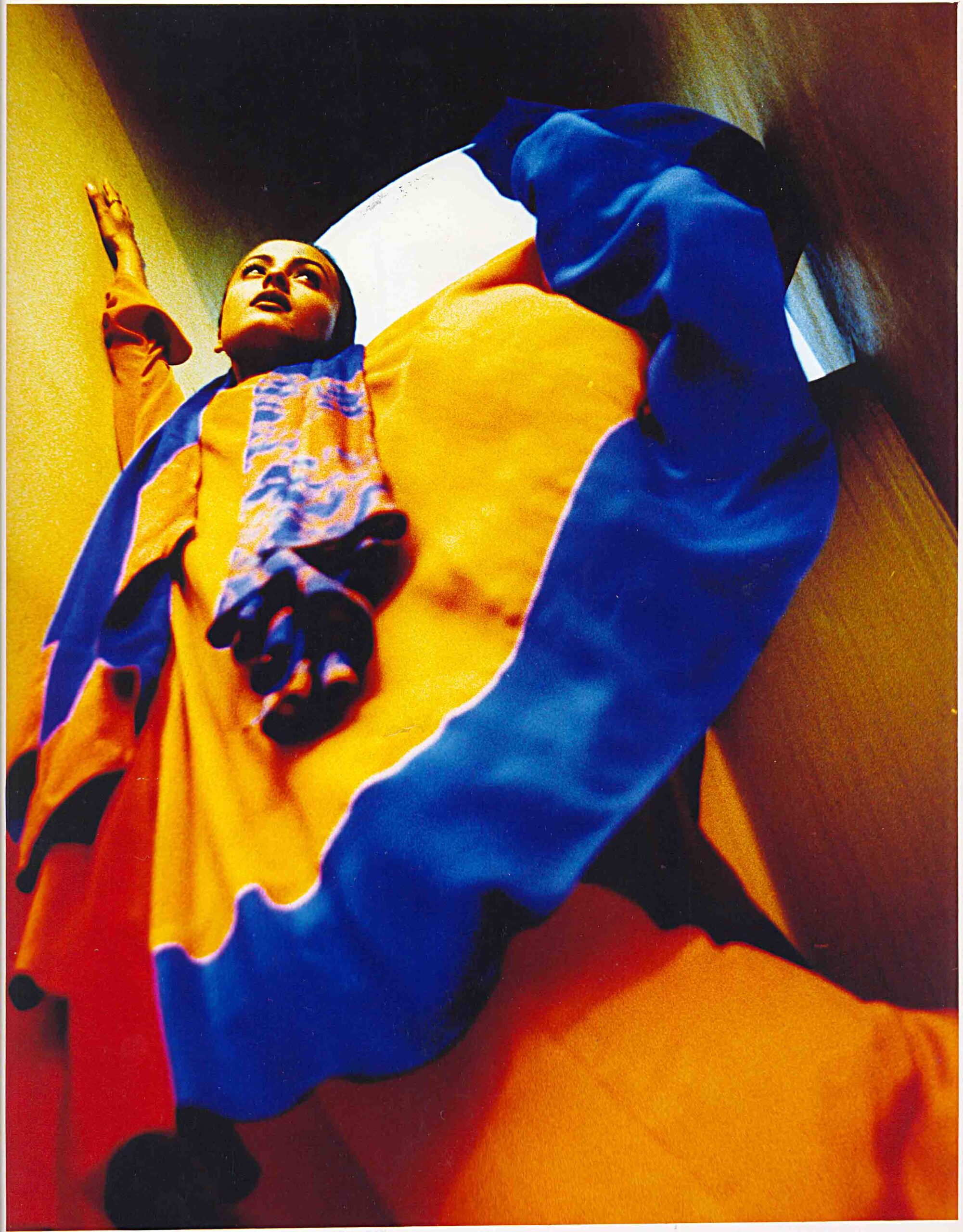For British duo Julia Crabtree and William Evans sculpture, and the sculptural experience, have less to do with fixed forms, those that become the icons of the modern age, theirs is an almost adolescent interest in materials and matter that appear ugly and uneasy on the eye, that might crack under the weight of expectation. Introducing an array of ice-cream coloured objects that could have fallen to earth, as much as they are likely to dissolve from it, Crabtree and Evans see something significant in a haphazard arrangement of awkward forms that combined offer the kind of beauty that we might well refuse otherwise. Carpeted installations and crooked objects rising from the floor make for a celebration of their unfettered imaginations. Watered and weathered, to create these incarnations of incorrectness.
If modernity intended we embrace the new, then born of and as much burdened by the post-modern experience, Crabtree and Evans’ delicious deference for failing or falling short of what is expected of them, sees them come at everything with a greater freedom. Likened to being barely heard for a faulty telephone line, so the details of the conversation, as much as the intention of what is being created, are lost for the involving interference, in a way that bruises and beatifies the works for the better. Replacing certainty with something other, as collaborative artists, they let everything else of the world in. Human-like, ready to resist, these objects might at a certain moment radiate their material happiness, and as easily crumble into a deepening state of depression. The fixed is fallible, the floor flooded.
Collaborating to create these alien arrangements that take the most disparate elements, ‘coloured carpet’, ‘blown glass’, ‘iron rods’, ‘water’, and ‘plant life’, that for the artists’ involvement become entirely necessary to one another, as Crabtree and Evans intend of their works that they offer alternative explanations for the materials that are the matter of all of our lives. Seeing their own coming together less as a tour de force, more a relinquishing of power, and a softening of their decision-making. Or as becomes evident with the evolution of their work, of the artistsinitiating or introducing material ideas, for them to exist in and of themselves as entities that furnish space, in the way that fauna emerges in the cracks and crevasses of everything concrete.
Interview
Rajesh Punj: For an audience less familiar with your work can you introduce us to your practice and approach?
Julia Crabtree & William Evans: We’re primarily sculptors working across a variety of media and mediums. We’re interested in making sculptures that explore the haptic and tactile – sculptures that are vulnerable, that reveal their material processes and their flaws and how through doing these traditional modes of display, value and power can be questioned or undermined
To read more, subscribe to our magazine.


